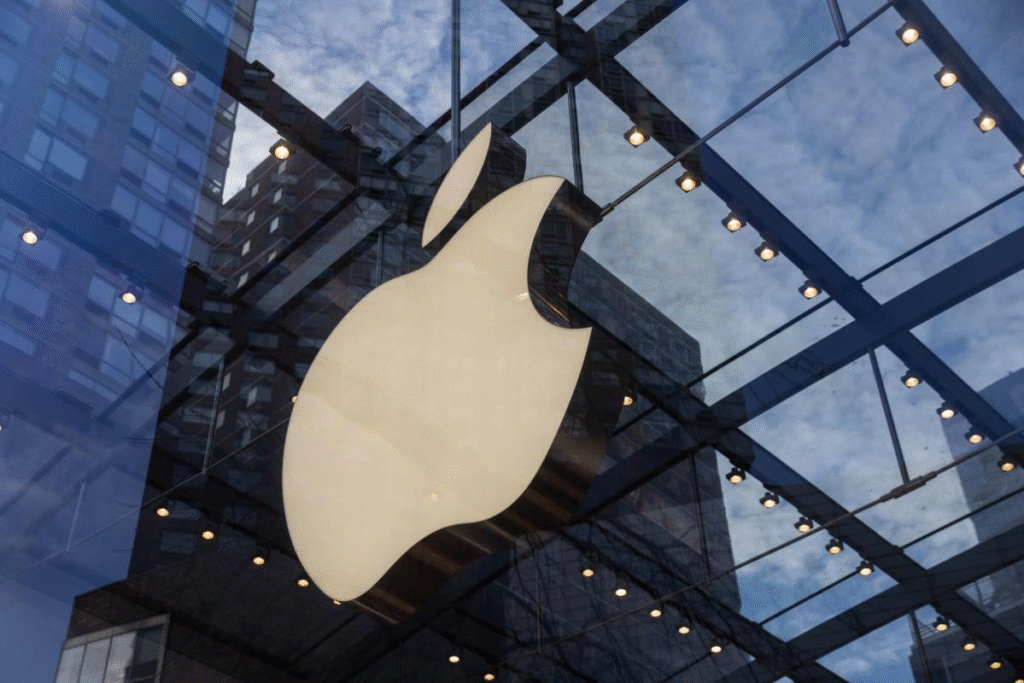Worldwide smartphone shipments grew 1.0% in the second quarter of 2025 to 295.2 million units. Economic pressures and tariffs weighed on buyers, especially in China. U.S. import duties and inflation prompted consumers to delay upgrades.
Samsung led with 58.0 million shipments, up 7.9% year over year. Its Galaxy A series models brought AI features to mid‑range phones. Xiaomi followed in third place with 42.5 million units shipped, while vivo and Transsion rounded out the top five.

Apple’s Performance by Region
In Q2 2025, Apple sold 46.4 million iPhones, which was a 1.5 percent increase compared to the 45.7 million of the previous year. This small win was compounded by the decline in shipments of 1% in China. Subsidies by the government did not create demand for buying new devices, and the 618 e-commerce festival largely sold off surplus inventory.
The scenario was different in the emerging markets. They achieved in double-digit growth to counter the decline in China. A rise of shipments of iPhones in regions like the Middle East was forecasted at 9%. Indonesia has sprang back into action after lifting its embargo on the iPhone 16, which has boosted sales locally. These expansions aided in keeping Apple on its global pace.
Innovation Roadmap
Apple, with its emphasis on high-end products, appeals to consumers in the emerging middle classes in countries as well as first-time smartphone owners. According to the IDC analysts, this transition will be crucial even in places of increased rivalry within the developed markets.

Tariffs and economic roil are seen to continue. Manufacturers will continue to gear up with more AI features to get more buyers and rationalize higher prices. In the case of Apple, this balance between its existing and new markets will determine its expansion process in its approach toward the launch of the iPhone 17, later on this year.





